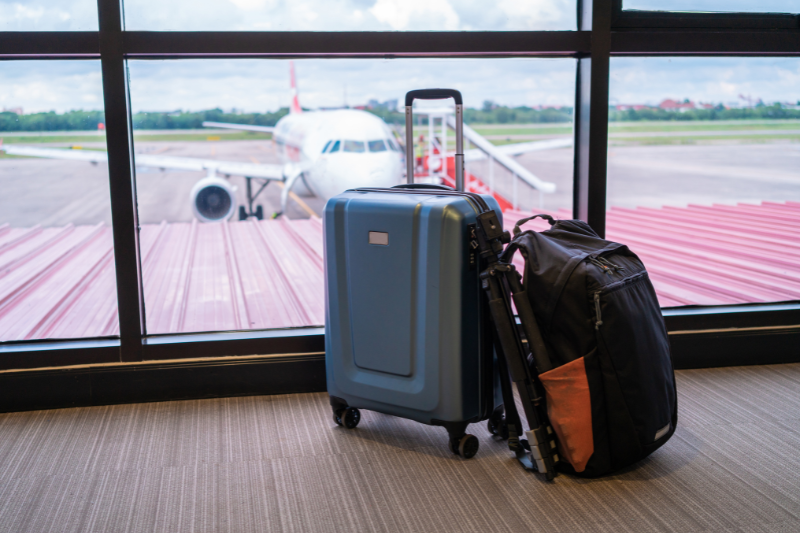5 Ways To Prevent Your Luggage Being Lost On A Business Flight
Posted by Mike Atherton on 09 March, 2023

Business travel can be stressful enough as it is for travelers and their employers; worrying about luggage getting lost only adds to the anxiety. Unfortunately, lost luggage has become an increasingly pressing problem at many airports this year. In the first quarter of 2022, over 684,000 bags and luggage items were reported lost or mishandled by major US airlines. To avoid you or your employee being one of those unlucky travelers whose bag does not make it to the destination – with all the stress and expense this entails – here are four ways you can protect your luggage when traveling for business.
1. Remove Old Tags
Having tags attached to baggage from previous trips can make it difficult for handlers to see any new tags added to your luggage, so it's important to make sure that any old tags are removed before you head out on a business trip. If your bag has a tag with an old flight number, QR code, or address from a previous trip (or even a different name if the luggage was used by someone else), it could easily get confused and end up going somewhere else entirely.
2. Use GPS Trackers
Airport luggage tracking systems are excellent at tracking where individual items should be sent to. However, if you want to always know where your luggage is in real time – as opposed to where it should be but isn’t – then having a simple GPS tracker fitted and linked to yours and/or your travelers’ phone can do exactly that. These discrete and inexpensive devices attach to the handle or side of your luggage and will provide real-time tracking information so that you know exactly where your bag is at all times, making it easier for airlines to locate mishandled luggage. This can be especially helpful for long international trips or if you’re changing flights during transit, and will help put your mind at ease while travelling.
3. Avoid Short Layovers
It's always advisable to leave yourself plenty of time between flights when traveling for business, otherwise there may not be enough time for your checked bags to make it from one plane to the next. Ideally, you should plan on having at least two hours between layovers whenever possible – this will give airport staff enough time to handle any delays and ensure that all baggage makes it safely onto the correct flight!
4. Check In Early
The earlier you check in for your flight, the more likely it is that your baggage will be loaded onto the plane on time and arrive safely with you at your destination. If possible, try to check in online 24 hours before departure, so that your luggage is logged on the airline’s haulage itinerary.
5. Pack Efficiently
When you’re travelling for business it’s important that you pack for your comfort, but don’t let yourself get carried away. A business trip should be fairly short, and hotels will provide the majority of any amenities that you might require during your stay. If you can learn to pack compactly and efficiently, you’ll ideally get to the point where you can fit everything you need into your carry-on bag, and avoid the hassle of checked luggage altogether.
Find Out More
Mantic Point offers travel management companies and businesses a custom itinerary app that helps avoid mishaps during travel. This handy mobile tool can be personalized to meet the needs of your travelers for a stress-free trip, and provide better visibility over all details of travel for your support team back at the office. Please call today to find out more.
Image Source: Canva
